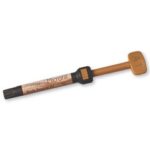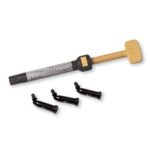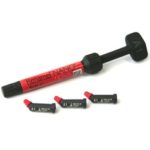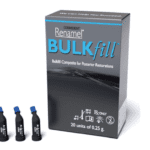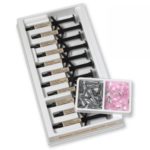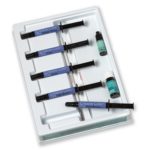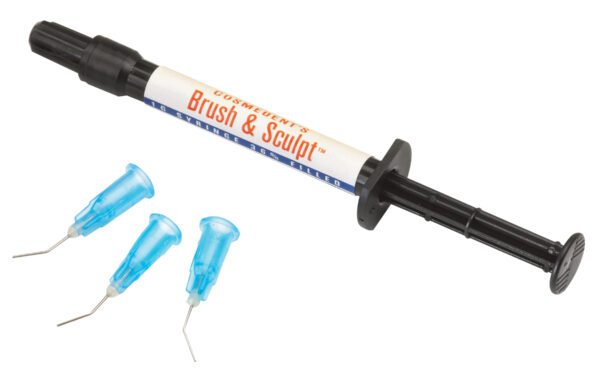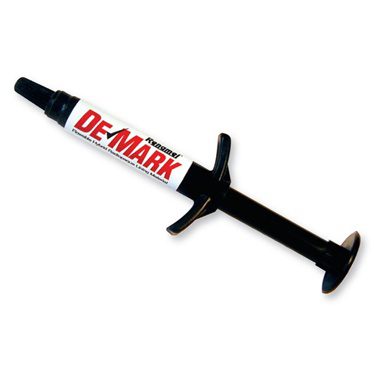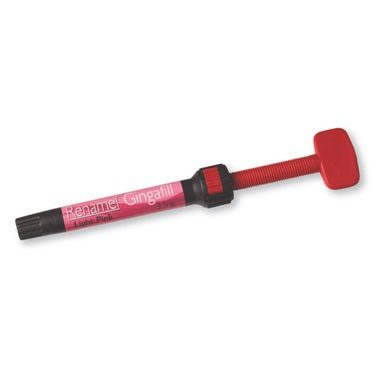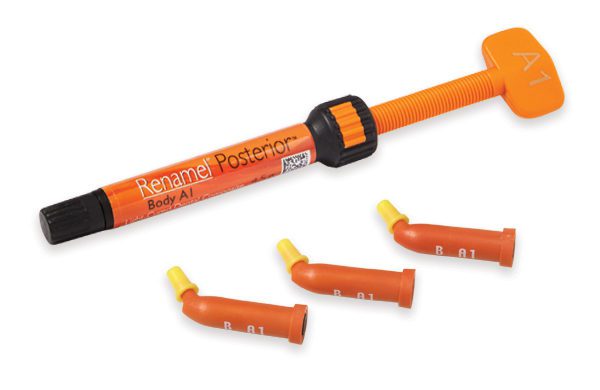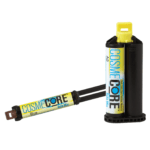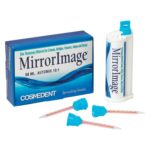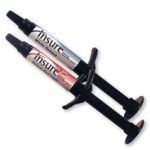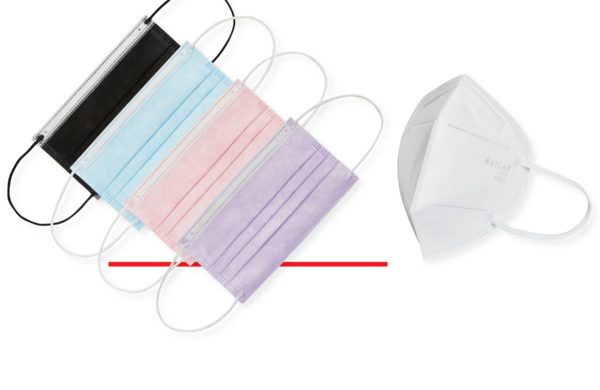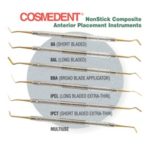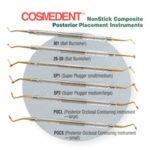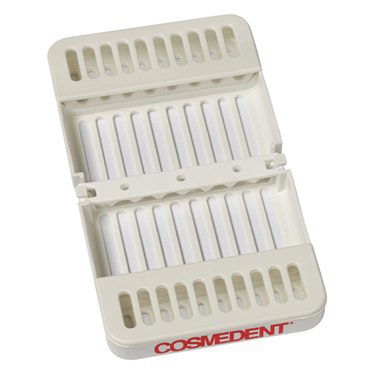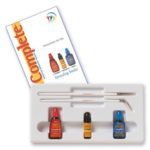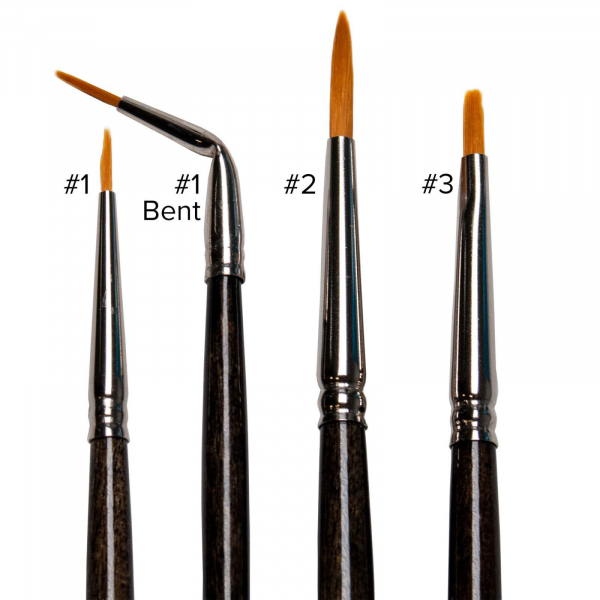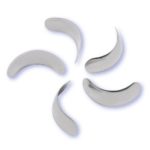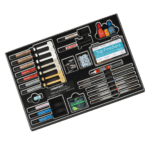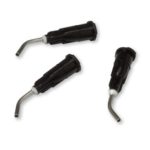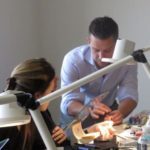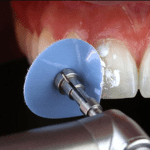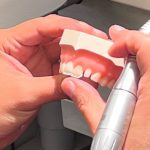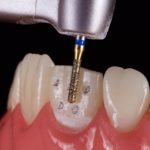- Composites
-
-
Composites
Dental Composite materials for direct anterior and posterior composite bonding.
-
-
-
-
Continuing Education: Get the most from our Composite products by taking one of our Continuing Education Courses. View Courses
-
-
- Finishing & Polishing
-
-
Finishing & Polishing
Finishing and polishing materials for composites, porcelain, metal, gold and natural teeth.
-
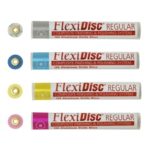 FlexiDisc Dental Polishing Discs
FlexiDisc Dental Polishing Discs Dental Polishing Cups, Burs & Points
Dental Polishing Cups, Burs & Points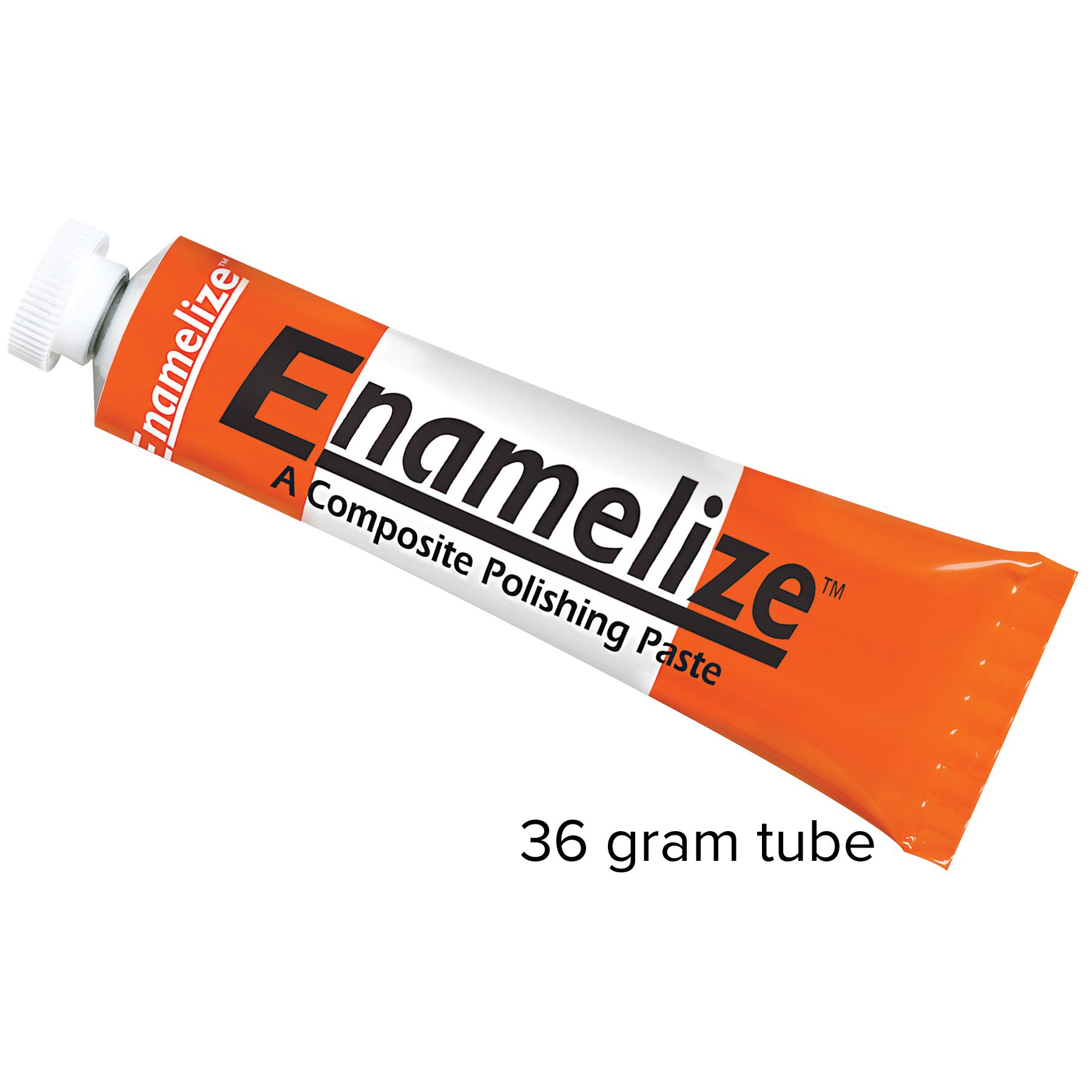 Enamelize Dental Polishing Paste
Enamelize Dental Polishing Paste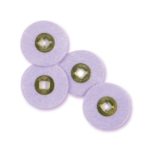 FlexiBuffs
FlexiBuffs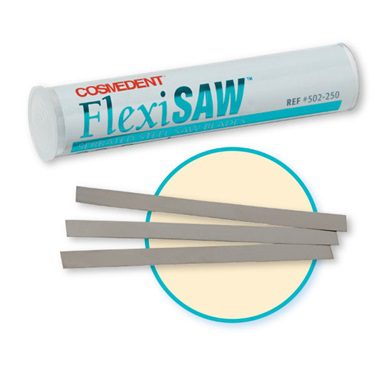 FlexiSAW
FlexiSAW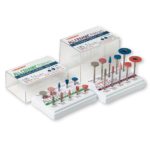 All Ceramic Polisher
All Ceramic Polisher FlexiStrips Dental Polishing Strips
FlexiStrips Dental Polishing Strips FlexiDiamond Strips
FlexiDiamond Strips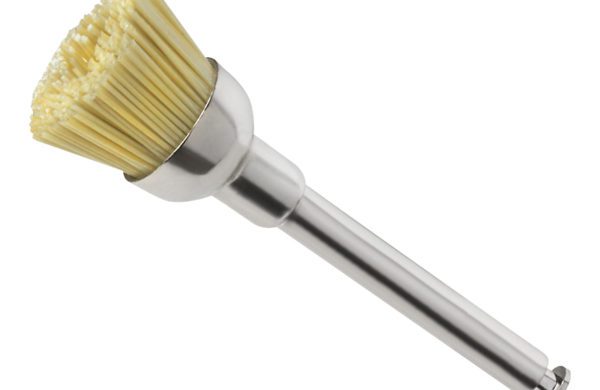 FlexiBrush Dental Polishing Brush
FlexiBrush Dental Polishing Brush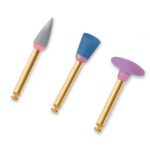 NANO / Microhybrid Diamond Polishers
NANO / Microhybrid Diamond Polishers Porcelize - Porcelain Polishing & Finishing Paste
Porcelize - Porcelain Polishing & Finishing Paste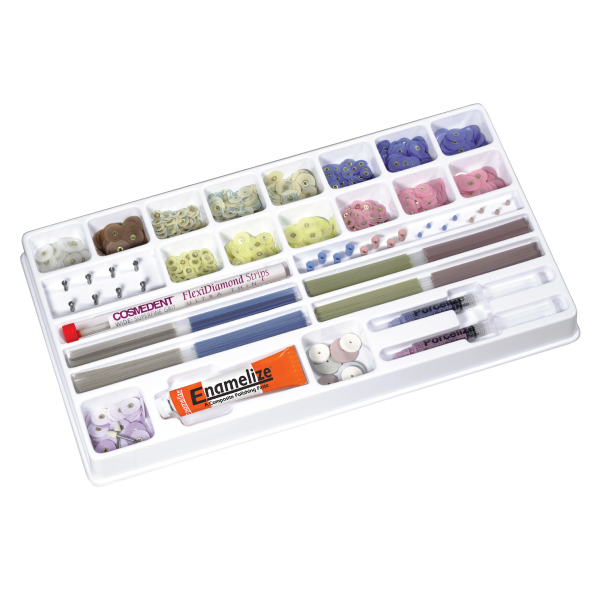 Top Finisher System
Top Finisher System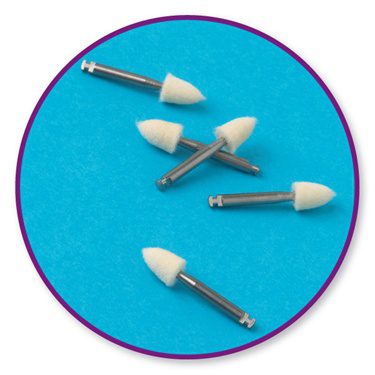 Felt FlexiPoints
Felt FlexiPoints
-
-
-
-
Continuing Education: Get the most from our Composite products by taking one of our Continuing Education Courses. View Courses
-
-
- Core & Temp
-
-
-
Continuing Education: Get the most from our Composite products by taking one of our Continuing Education Courses. View Courses
-
- Resin Cement
-
-
-
Resin Cements
-
-
-
-
-
-
Continuing Education: Get the most from our Composite products by taking one of our Continuing Education Courses. View Courses
-
-
-
- Accessories
-
-
Accessory Products
Complete your esthetic dentistry toolkit with these helpful accessories.
-
-
-
-
Continuing Education: Get the most from our Composite products by taking one of our Continuing Education Courses. View Courses
-
-
- Education
-
-
Continuing Education
Learn all of the composite dentistry that you may be missing in your practice and how doing more of it can benefit you financially and professionally.
-
-
Ceramics and Composites, a Perfect Marriage
A course showcasing adhesive dentistry using dental ceramics and dental composites for procedures such as veneers, bridges and crowns, all done using a conservative approach.
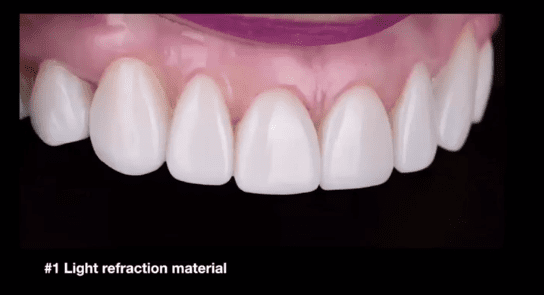 The Presenter: Dr. Javier Quiros
The Presenter: Dr. Javier Quiros
Dr. Javier Quiros has over 20 years’ experience doing dental restorations, and has had appointments at the University of Costa Rica and the Dental Aesthetics Program at Baylor University. Here Dr. Quiros shows several patient cases where ceramics, composites, or both were used to construct bridges, veneers, crowns, and more, all while minimizing the amount of enamel that needed to be removed in prep and ensuring a natural, beautiful smile.
Overview: Ceramics and Composites
Both ceramic and composite materials are highly aesthetic and are designed to mimic the look of natural teeth. Some restorations call for one material, some for another and some can benefit from sophisticated use of both.
In this webinar, Dr. Javier Quiros reviews cases where a conservative approach was used in restorations with ceramics, composites or both. Additionally, you will learn:
- The philosophy of conservative dentistry, and why this approach best serves patients
- The kinds of procedures that lend themselves well to a conservative approach
- The relative qualities of different dental ceramics and composites
- Tools and materials used in conservative procedures, including veneers and bridges
- How ceramics and veneers can be used together, in some cases to create long-lasting, durable solutions that are also natural looking
The webinar also includes case studies using various materials and a Q&A.
The Main Question: Ceramics, Composites, or Both?
Both ceramic and composite materials are highly aesthetic and are designed to mimic the look of natural teeth. Materials differ in terms of their relative properties such as strength, transmission of light, and ability to bond.
That said, the choice between the two is not always an “either/or” choice. An understanding of these materials and their relative benefits will help dentists to make decisions about when to use each, even for a single restoration.
Dental Ceramics that are considered include the most popular current ceramics: lithium disilicate and zirconia.
Dental Composites discussed include microhybrids, nanofills, and microfills.
A Note on Conservative Dentistry
Conservative dentistry is the philosophy that only the minimum of healthy tooth structure should be removed during the restorative process. It also emphasizes the whole mouth, recognizing that there is no point in saving a single tooth if it harms the overall system. Conservative dentistry also emphasizes a minimum of touch (“touch without touching”) and minimizing prep.
What procedures lend themselves well to conservative dentistry?
- Veneers
- Table tops, inlays, or onlays
- Implants
- Resin-bonded bridges
Why Composites?
While most dentists are familiar with amalgams and even ceramics, today’s composites are not yet as widely known. That said, composites have a number of properties that make them ideal for restorations:
- Great at blocking unwanted colors
- Great flow and adaptability
- Best tensile strength
- Best material for incisal edges
- Strong for posterior teeth
Microfill composites specifically are great for replacing facial surfaces, as they transmit light very much like the enamel itself and thus look the most natural. The webinar also discusses other advantages of microfill composites, and when they can be put to best use.
Ceramics vs. Composites: A Comparison
All materials used in a restoration differ in their properties. The most important of these are relative strength, light transmission (which affects aesthetics), and ability to bond. The choice of which material to use depends on how those properties serve the final result.
| Material | Relative Strength | Light Transmission | Ability to Bond |
| Zirconia | High | Low | Low |
| Lithium Disilicate | Medium | Medium | High |
| Microhybrid composite | Medium | Medium | High |
| Microfill composite | Low | High | High |
Materials and Tools Mentioned
This webinar discusses the benefits of using various tools and materials, including:
- Insure Resin cement
- Rubber dams (for isolation)
- Pick and stick
- 0.3 mm Reducing Burr
- Enamilize (composite polishing paste)
- MirrorImage (temporary crown and bridge material, here used to do mock-ups)
- Loupes for proper magnification
Case Studies: Veneers, Bridges and Restorations using Ceramics and Composites
The highlight of this webinar are the four case studies showing how each material can best be put to use.
Case Study 1: Ceramic Only, Resin-bonded Bridge (Maryland Bridge)
- Construction of a resin bonded bridge instead of an implant, to replace missing tooth
- Bridge made of zirconia
- Zirconia is bonded to the enamel using the APC approach by Dr. Marco Blatz
Case study 2: Composite Only, Veneers and Tooth Building
- Direct indirect technique to reconstruct smile after braces failed
- Smile Design Pro used to design the smile
- Several diastemas closed with just veneers, minimal removal of enamel
- Planning using several mock-ups
Case Study 3: Marrying Ceramics and Composites, Dealing with Excessive Wear
- Goal was to not just restore teeth, but give the patient his occlusion back
- Renamel Microhybrid material used to lengthen the teeth
- Finished by bonding very thin ceramic veneers
Case Study 4: Ceramics and Composites, Lingual Veneers to Combat Bruxism
- Replaced old crown with new ones made of ceramic
- Indirect direct composite resin used to replace incisal edges with micro-hybrid composite
- Renamel Microfill composite helps make the porcelain and composite blend for a natural look
The Ceramics and Composites, a Perfect Marriage webinar also includes a Q&A with the audience.
